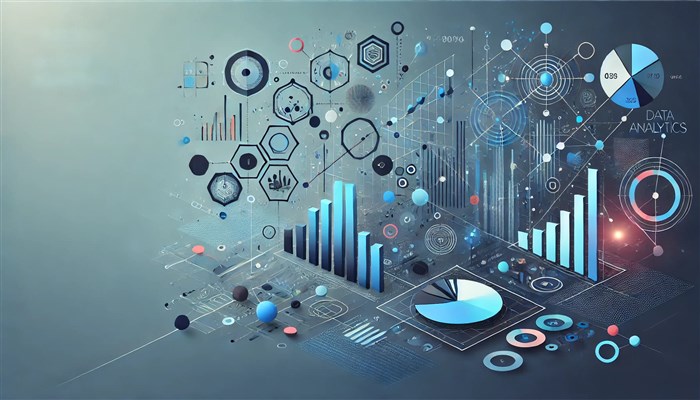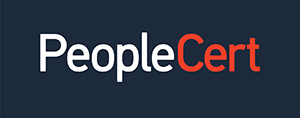We're open through the holidays to support your upskilling goals — Which training do you want to book?
We're open through the holidays to support your upskilling goals — Which training do you want to book?
Unable to find what you're searching for?
We're here to help you find it
In today’s data-driven world, businesses rely on analytics tools to transform raw data into actionable insights. Whether it’s identifying customer behavior trends, optimizing operations, or forecasting future growth, data analytics tools empower organizations to make informed, strategic decisions. In this fast-paced, data-driven world, business and data analytics have become the backbone of successful businesses.
This blog explores the top 5 tools for business and data analytics, including their key features, use cases, and why they stand out as essential components in the analytics landscape.
Overview
Tableau is a leading business intelligence and data visualization tool known for its intuitive interface and powerful capabilities. It allows users to create interactive dashboards and reports that bring data to life, making it easier to uncover insights and communicate them effectively.
Key Features
Use Cases in Business
Tableau’s ease of use and stunning visualizations make it a favorite among non-technical users who need to explore data without coding.
Overview
Microsoft Power BI is another popular business analytics tool that provides robust data visualization and reporting capabilities. It integrates seamlessly with Microsoft products like Excel and Azure, making it a natural choice for businesses already using the Microsoft ecosystem.
Key Features
Use Cases in Business
Power BI’s affordability and integration capabilities make it a strong contender for businesses of all sizes, especially those already leveraging Microsoft tools.
Overview
Python is a versatile programming language widely used in data analytics for its extensive library ecosystem and simplicity. Unlike traditional analytics tools, Python allows for custom data analysis and automation, making it a favorite among data scientists and analysts.
Key Features
Use Cases in Business
Python’s flexibility makes it a go-to tool for advanced analytics and custom solutions. However, it requires technical expertise, making it more suitable for data professionals.
Overview
R is a programming language specifically designed for statistical computing and graphics. It is widely used in academia and industry for analyzing data, creating statistical models, and producing high-quality visualizations.
Key Features
Use Cases in Business
While R is more niche than other tools on this list, it excels in scenarios requiring advanced statistical analysis and is a top choice for analysts with a statistics background.
Overview
SAS (Statistical Analysis System) is one of the oldest and most trusted analytics platforms in the industry. It provides a suite of tools for data management, statistical analysis, and predictive modeling, making it a robust option for enterprises.
Key Features
Use Cases in Business
SAS is particularly favored by large organizations in sectors like finance, healthcare, and government due to its reliability and enterprise-level support.
Comparison Table: Top Analytics Tools
|
Tool |
Strengths |
Best For |
Technical Skill Needed |
|---|---|---|---|
|
Tableau |
Stunning visualizations |
Data visualization |
Low |
|
Power BI |
Seamless Microsoft integration |
Reporting and dashboards |
Low |
|
Python |
Advanced analytics and flexibility |
Predictive analytics |
High |
|
R |
Statistical modeling |
Academic and statistical analysis |
Medium |
|
SAS |
Enterprise-level support |
Large-scale analytics |
Medium |
Conclusion
Choosing the right tool for business and data analytics depends on your organization's specific needs, technical expertise, and budget. Tools like Tableau and Power BI excel in visualization and ease of use, while programming languages like Python and R offer unparalleled flexibility for advanced analytics. SAS, with its enterprise-grade features, remains a strong option for large-scale, secure analytics.
By leveraging these tools effectively, businesses can unlock the true potential of their data, drive informed decisions, and stay ahead in today’s competitive market. Whether you’re a small business owner or part of a large enterprise, investing in the right analytics tool is key to achieving your goals.
Investing in business and data analytics tools is a smart move for any business. They provide valuable insights that can help drive better decision-making, improve operational efficiency, and boost business performance. Equip yourself with these tools through Koenig Solutions and be the game-changer in your organization.

Aarav Goel has top education industry knowledge with 4 years of experience. Being a passionate blogger also does blogging on the technology niche.










